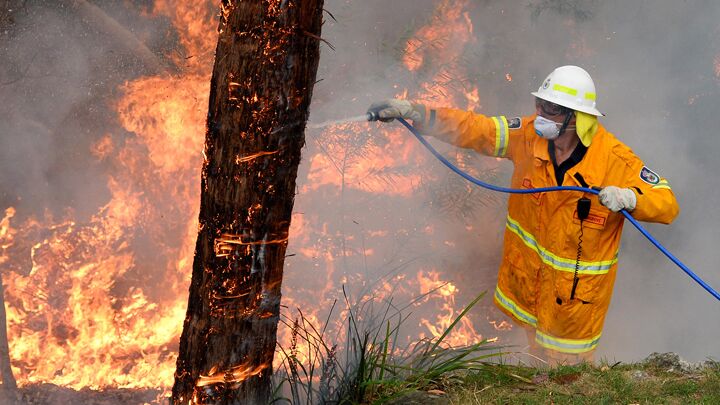
What You Should Know About the ‘Natural’ Disasters of 2013
“I love to think of nature as an unlimited broadcasting station, through which God speaks to us every hour, if we will only tune in,” wrote George Washington Carver, the distinguished 20th-century scientist. This kind of thinking tends to resonate more in media circles when so-called natural disasters of “biblical” proportion strike. But weather misfortune is a broadcast from God that we should tune in to.
According to CoreLogic’s 2013 Natural Hazard Risk Summary and Analysis, this past year saw a decrease in weather-related disasters. Dr. Thomas Jeffery, a senior scientist for CoreLogic, declared, “Many predicted that 2013 would be a record year of catastrophic destruction, but the number of natural disasters that typically cause widespread destruction, mainly hurricanes, wildfires and tornadoes, were far less than anticipated in comparison to last year’s record-setting hazard seasons” (emphasis added).
While this analysis may be true, just because 2013 wasn’t another record year for disasters doesn’t mean we should expect a change in the long-term trend from the pattern of increasing weather catastrophes.
The year 2010 was, according to the Associated Press, “the year the Earth struck back” with devastating weather. Yet 2011 was even worse, with the once-in-a-thousand-years quake in Christchurch, New Zealand, and similar disasters in Japan, Chile, Pakistan, Argentina, Australia and the United States. 2012 was beset with “record-setting hazard seasons.” And 2013 had its freakish “natural” disasters that were far from a reversal of trends.
Below are some of 2013’s worst moments:
This list is by no means extensive: It excludes the ongoing drought in the United States and other areas in the world such as Southern Africa. But the list should remind us that there still is something wrong with the weather.
God is utterly capable of blessing us with perfect weather, as the first part of Deuteronomy 28 assures us. But He did not do that in 2013. And there’s a reason—a reason that should strengthen your faith when fully understand.
Our free booklet Why ‘Natural’ Disasters? explains why we see the harsh weather trends of today. “Such catastrophes should in fact challenge our thinking,” the booklet says. “They force us to contemplate the fragility of man. They demand that we consider some of the deeper questions we can all-too-easily ignore in more prosperous and peaceful times …. The Bible teaches that not only is nature the creation of God’s mind, it is, in fact, a vital instrument through which He communicates with us.”
Remember and heed the communication that God made with us through the “natural” disasters of 2013. The Bible describes these calamities as “the beginning of sorrows” (Matthew 24:8). Trumpet editor in chief Gerald Flurry has often emphasized this “beginning of sorrows” as well as the ending of sorrows. For a good reason, God will bring about both the beginning and the ending of severe weather disasters.
A time is soon coming when you won’t have to fear the weather. But until then, be sure you understand what we explain in our free booklet Why ‘Natural’ Disasters?
